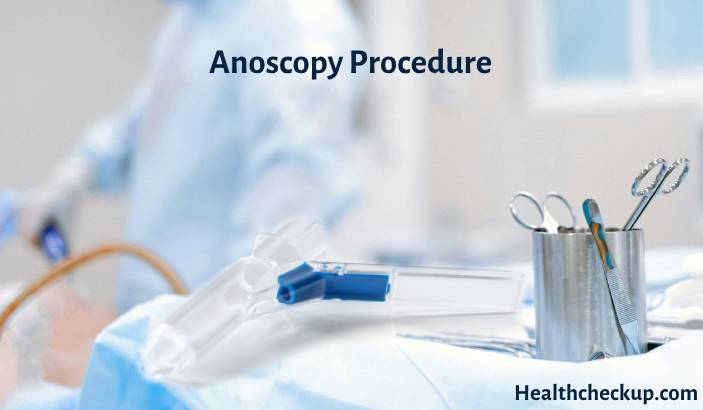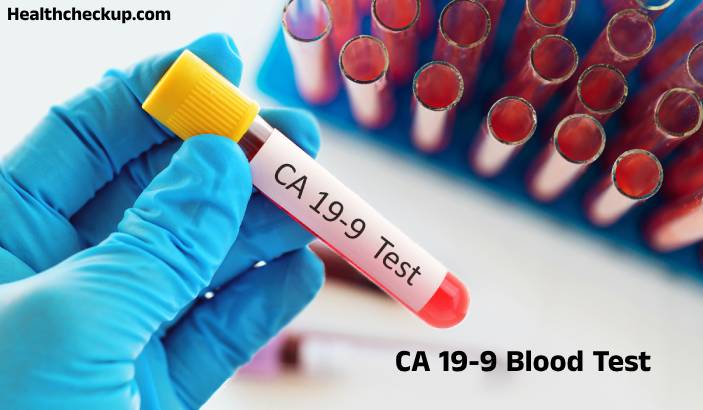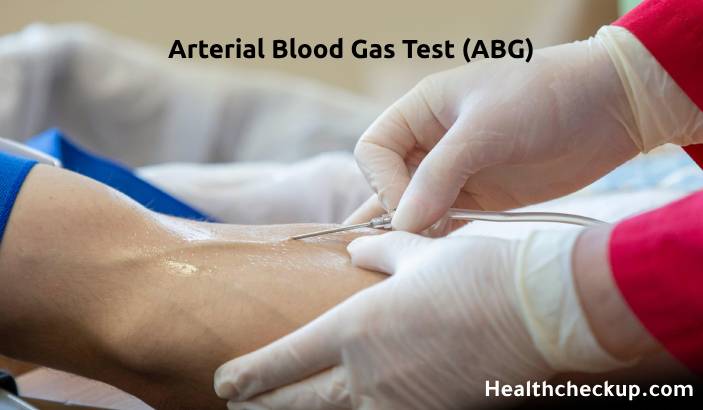Anoscopy is a diagnostic procedure that allows healthcare providers to visualize the anus and the lower rectum. This simple and quick examination is crucial for diagnosing conditions that affect these parts of the body, including hemorrhoids, fissures, and abnormal growths. Below, we provide a comprehensive overview of anoscopy, including its purpose, how to prepare for it, the procedure itself, and what to expect from the results.
Purpose of Anoscopy
- Detection of Anorectal Conditions: Primary tool for diagnosing hemorrhoids, anal fissures, and rectal polyps.
- Screening for Cancer: Helps in detecting early signs of anal and rectal cancers.
- Assessing Anorectal Symptoms: Useful for investigating symptoms like rectal bleeding, pain, itching, or persistent constipation.
- Postoperative Evaluation: Can be used to monitor healing or detect complications after anorectal surgery.
Preparation for Anoscopy
- Dietary Adjustments: Patients may be advised to avoid certain foods and beverages that can affect bowel movements a day before the procedure.
- Bowel Preparation: A small enema might be required shortly before the procedure to clear the lower bowel.
- Medication Management: Discuss with your healthcare provider about managing medications, especially blood thinners, as they may need to be adjusted.
- No Fasting Required: Fasting is typically not necessary for an anoscopy.
Procedure of Anoscopy
- Setting: Anoscopy is usually performed in a doctor’s office and does not require sedation.
- Positioning: Patients are generally positioned in a left lateral (lying on the left side) or knee-to-chest position.
- Instrumentation: A device called an anoscope—a short, rigid, tubular instrument—is lubricated and gently inserted into the anus.
- Examination: The anoscope is carefully advanced into the rectum, and the doctor inspects the lining of the anus and lower rectum. Air may be introduced to help expand the area for better visibility.
- Duration: The entire procedure typically takes only a few minutes.
Results Interpretation
- Normal Results: Indicates healthy anorectal tissue without signs of disease.
- Abnormal Findings: May include hemorrhoids, fissures, polyps, or signs of infection or cancer.
- Follow-Up: Depending on findings, additional tests such as biopsy, further imaging, or referral to a specialist may be necessary.
Risks Associated with Anoscopy
- Discomfort: Some patients may experience mild discomfort or pain during the insertion of the anoscope.
- Bleeding: There is a small risk of minor bleeding, especially if a tissue sample is taken.
- Infection: Rare, but infections can occur, particularly if biopsies are performed.
- Perforation: Very rare, but there is a minimal risk of tearing or damaging the rectal wall during the procedure.
Conclusion
Anoscopy is a valuable diagnostic tool for assessing anorectal health. It is a relatively quick and straightforward procedure that can provide critical information about the condition of the anus and rectum. While anoscopy can be uncomfortable, it is generally well-tolerated and carries minimal risk. Understanding the purpose of the procedure, how to prepare, and what to expect during and after the examination can help ease any apprehensions and facilitate a smoother diagnostic process.
For patients experiencing anorectal symptoms or those at risk of anorectal conditions, anoscopy can be an essential step in diagnosing potential issues early, which is crucial for effective treatment. As with any medical procedure, consult your healthcare provider to understand how anoscopy fits into your overall health management plan.








